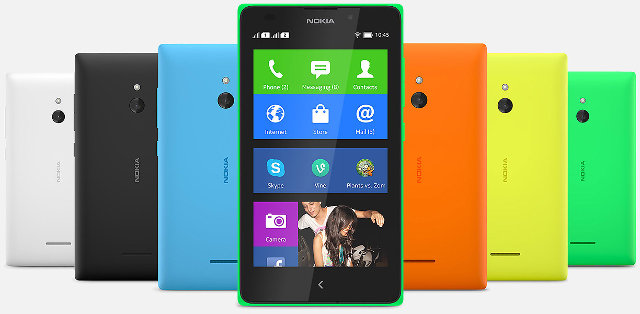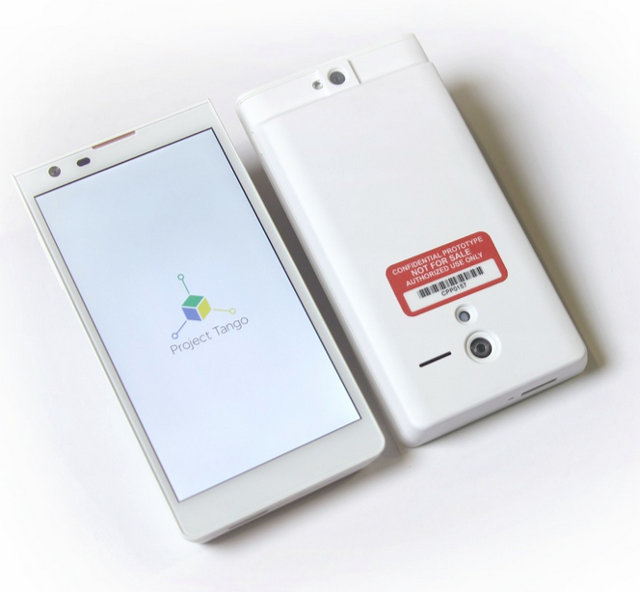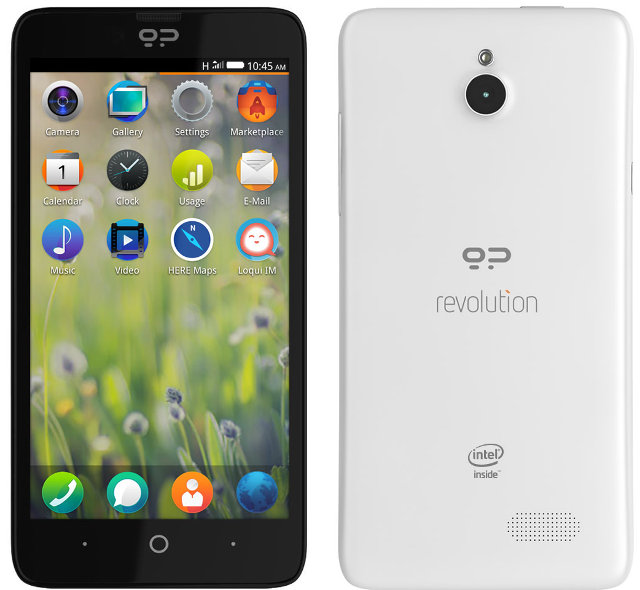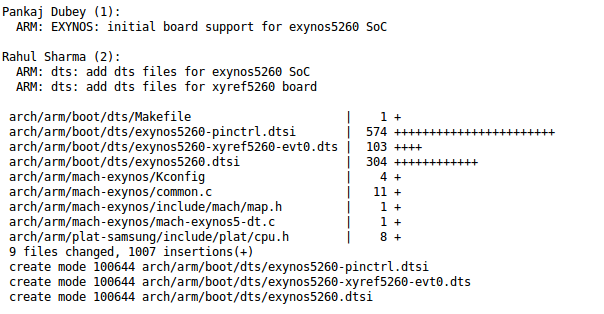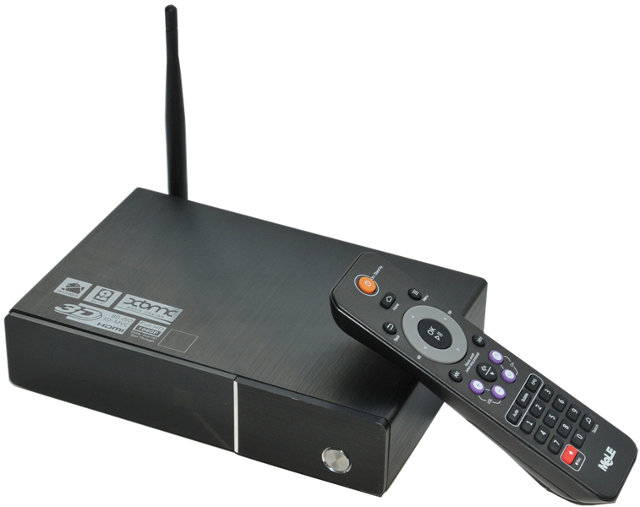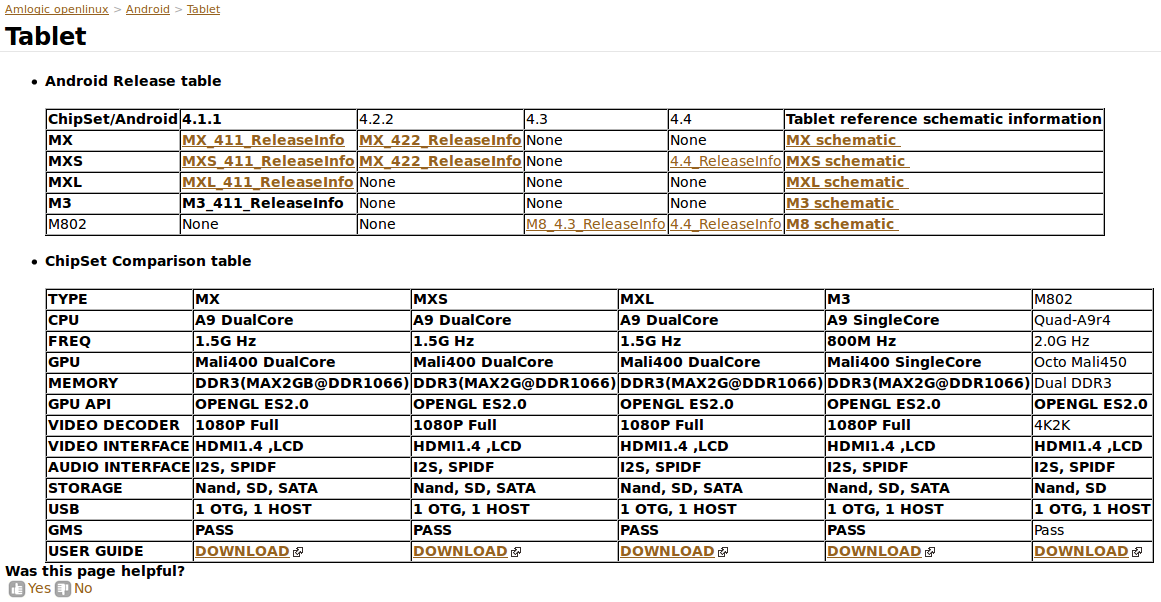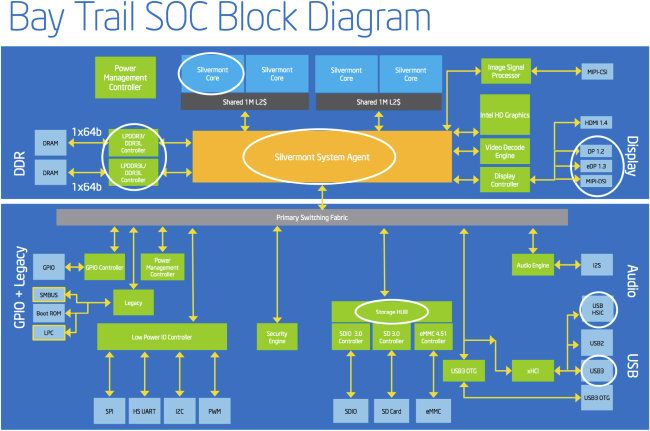After months of speculations and leaks, Nokia has formally announced Nokia X family of Android phones that instead of coming with Google services, comes with Microsoft services and user interface, as well as Nokia apps. Three phones has been announced, namely NokiaX, Nokia+ and NokiaXL. Let’s look at the specifications: SoC – Qualcomm Snapdragon S4 dual core @ 1 GHz System Memory – 512 MB RAM (Nokia X), or 768 MB RAM (Nokia X+/XL) Storage – 4GB NAND flash + micro SD card up to 32 GB Display Nokia X/X+ – 4″ IPS LCD touch screen – WVGA (800 x 480) Nokia XL – 5″ IPS LCD touch screen – WVGA (800 x 480) Connectivity – Wi-Fi 802.11 b/g/n, Bluetooth 3.0 + HS Cellular Networking – GSM: 850 MHz, 900 MHz, 1800 MHz, 1900 MHz, WCDMA: 900 MHz, 2100 MHz. Dual (micro) SIM card slots. Camera Nokia X/X+ – 3MP […]
Flappy Bird Sucks, Let’s Play Flappy Tux Instead! Or How to Modify APK Files
Flappy Bird is a ridiculous fad, and I promised myself not to write about this silly game. I managed to resist when somebody showed off their Arduino powered real-life Flappy Bird, but then XDA developers mentioned one of their member posted instructions to customize Flappy Bird game. I thought it might be fun to personalize the game with pictures of friends or family members, and at the same time, learn how to hack apk files. Instead of real persons, I’ve replaced the original bird, by Tux, the official Linux mascot, flapping wings not included. The instructions in XDA dev forums are mainly for Windows, but I’ve adapted them to Linux, and “created” “Flappy Tux” from Ubuntu 13.10. I’ll assume you’ve already installed OpenJDK and the Android SDK and have a working Android app development environment. I think we just need adb and aapt from android-sdk-linux/platform-tools/bin to be in the path. […]
Google’s Project Tango Phone Prototype Generates Real-time 3D Maps
Google ATAP (Advanced Technology and Products), the team who is currently working on Project Ara for Google, and recently moved from Motorola following the acquisition by Lenovo, has also been busy on another project called Tango, which centers around a phone equipped with cameras and sensors capturing 250,000 data points per second to track motion and generate 3D maps in real-time. The prototype is 5” phone with hardware and software customization designed to simultaneously track the 3D motion of the device, and creating a 3D map of the environment. The device runs Android and includes development APIs to provide position, orientation, and depth data to standard Java, C/C++ Android. This is still early development, but the team imagine the technology could be used to easily create a 3D map of your home, facilitating furniture shopping. Other usa cses include indoor navigations, visually-impaired aid, and product location in a store. Augmented reality […]
Geeksphone Revolution Multi OS Smartphone Supports Android, Firefox OS, and Soon More…
Geeksphone, the company behind the earlier Firefox OS developer’s phones, and the privacy-enhanced Blackphone, has now officially launched the Geeksphone Revolution powered by a dual core Intel Atom Z2560 processor and supporting Android, Firefox OS, or more exactly Boot2Gecko (B2G), and potentially other OS supported by the community such as Sailfish OS. Geeksphone Revolution specifications: SoC – Dual core Intel Atom processor Z2560 up to 1.6GHz System Memory – 1GB LPDDR2 Storage – 4GB EMMC + MicroSD support, Up to 32GB Display – 4.7″ IPS LCD Multi-touch, qHD resolution. Cellular network – HSPA/WCDMA: 2100/1900/900/850 MHz, GSM/GPRS/EDGE: 850/900/1800/1900 MHz, HSDPA up to 21Mbps, HSUPA up to 5.76Mbps, GPRS Class 12 / EDGE Class 12 Connectivity – WiFi 802.11 b/g/n, Bluetooth Class 3.0, GPS, AGPS Camera – 8 MP rear camera with LED Flash, 1.3 MP front camera System I/O – 3.5mm audio jack, micro USB Sensors – G‐Sensor + E‐Compass + […]
Samsung Exynos 5260 Hexa Core Cortex A15/A7 big.LITTLE Processor
Samsung has been teasing with “Exynos Infinity” before Mobile World Congress 2014, and many expect the Korean company to announce their 64-bit mobile processor (Exynos 6 ?). But it’s likely another Exynos SoC will (also) be announced, as a quick search shows recent patch submissions for Exynos 5260, which happens to be an hexa-core processor using two ARM Cortex A15 cores @ 1.7 GHz, and four ARM Cortex A7 cores @ 1.3 Ghz in big.LITTLE configuration supporting HMP (Heterogenous Multi Processing) / GTS (Global Task Scheduling). The official name might be something like Exynos 5 Hexa (5260). There’s also a device tree file for Samsung XYREF5260 EVT0 development board. It would probably be possible to go through the patches to find out more, but there’s an easier solution, and some blogs have already posted details about a leak showing Exynos 5260 used in the upcoming Galaxy Note3 Neo, where we learn […]
Mele X1000 Android Media Player Supports Blu-Ray Navigation, 3D Video Playback
Mele X1000 is an Android TV Box based on Telechips TCC8935 dual core processor, 1GB RAM, and 4GB Flash that claims to support Blu-Ray navigation and 3D Video playback, something that is seldom supported in Android devices, but can still be found in a few products including HiMedia Q5 II (Hisilicon Hi3716) and VidOn.me A200 (AllWinner A31). Mele X1000 specifications: SoC – Telechips TCC8935CG dual core Cortex A9 @ 1.2GHz + Mali-400MP2 GPU System Memory – 1GB DDR3 Storage – 4GB NAND Flash, SATA, and SD card slot Video Output – HDMI v1.4, CVBS (AV out) Audio Output – HDMI, AV out, optical S/PDIF Video Codecs – MPEG-1/2/4, MPEG-4 ASP, H.264, DivX 3/4/5/6, XviD, VP6, H.263, WMV9, WMV3, VC1, RV 8/9/10 Video Containers – AVI, ts, tp, trp, vob, mkv, mp4, mpv, iso, asf, flv, dat, mpg, mpeg, swf, ogm, wmv, asf, rm, rmvb up to 1080p Audio Support – […]
AMLogic S802 / M802 Android 4.4 SDK, Documentation and Reference Schematics Are (Almost) Available
We’ve seen in the past AMLogic sometimes pushes some updated GPL software releases on their Open Linux website. So I went to have a look a few days ago, and to my surprise they already had instructions to download and build Android 4.4 for AMLogic M802 (Tablet) and S802 (STB), “user’s guides”, as well as links to reference schematics for the tablets… Nice!!! I started with 4.4_ReleaseInfo for “Mbox” (S802), which explains how to get the SDK release on 2014-01-27 (kk-amlogic-20140127):
|
1 2 3 4 |
repo init -u ssh://git@openlinux.amlogic.com/kitkat/platform/manifest.git -b kk-amlogic repo sync repo init -m openlinux_kk-amlogic_20140127.xml repo sync |
Unfortunately the joy stopped right there, as you need to send your SSH public key to your representative. I’ve just done that, and sent an email to support [at] amlogic.com, and mbox-android [at] amlogic.com on Sunday, and I have yet to gain access. I’ve found the “mbox-android” email in from Mbox page (similar to screenshot above) in a field right of “reference schematics” column, which has been removed […]
Intel Bay Trail Graphics Overview – FOSDEM 2014
Bay Trail SoCs are new low power Intel ICs for tablets (Bay Trail-T, Z3000 series), mobiles (Bay Trail-M, N2800, N2900 and N3500 series), desktops (Bay Trail-D, J1800, J1900 and J2900 series) and embedded / industrial platforms (Bay Trail-I, E3800 series). Many Atom processors used to features PowerVR GPU, but it has now been replaced by Intel HD graphics in Bay Trail SoC. Jesse Barnes, working at Intel on software and drivers for Intel graphics devices, gives a presentation about Bay Trail SoCs with a focus on graphics. After an overview, and some ARM bashing regarding performance (Nvidia Tegra 4 and Qualcomm Snapdragon 800), and even power consumption (Tegra 4 only), he describe further details about Intel HD graphics found in the new Intel processors. Everything is basically in mainline, and you’ll need Linux 3.10 or greater, Mesa 9.2 or greater, and libva 1.2.1 or greater for proper support. Some initial […]


